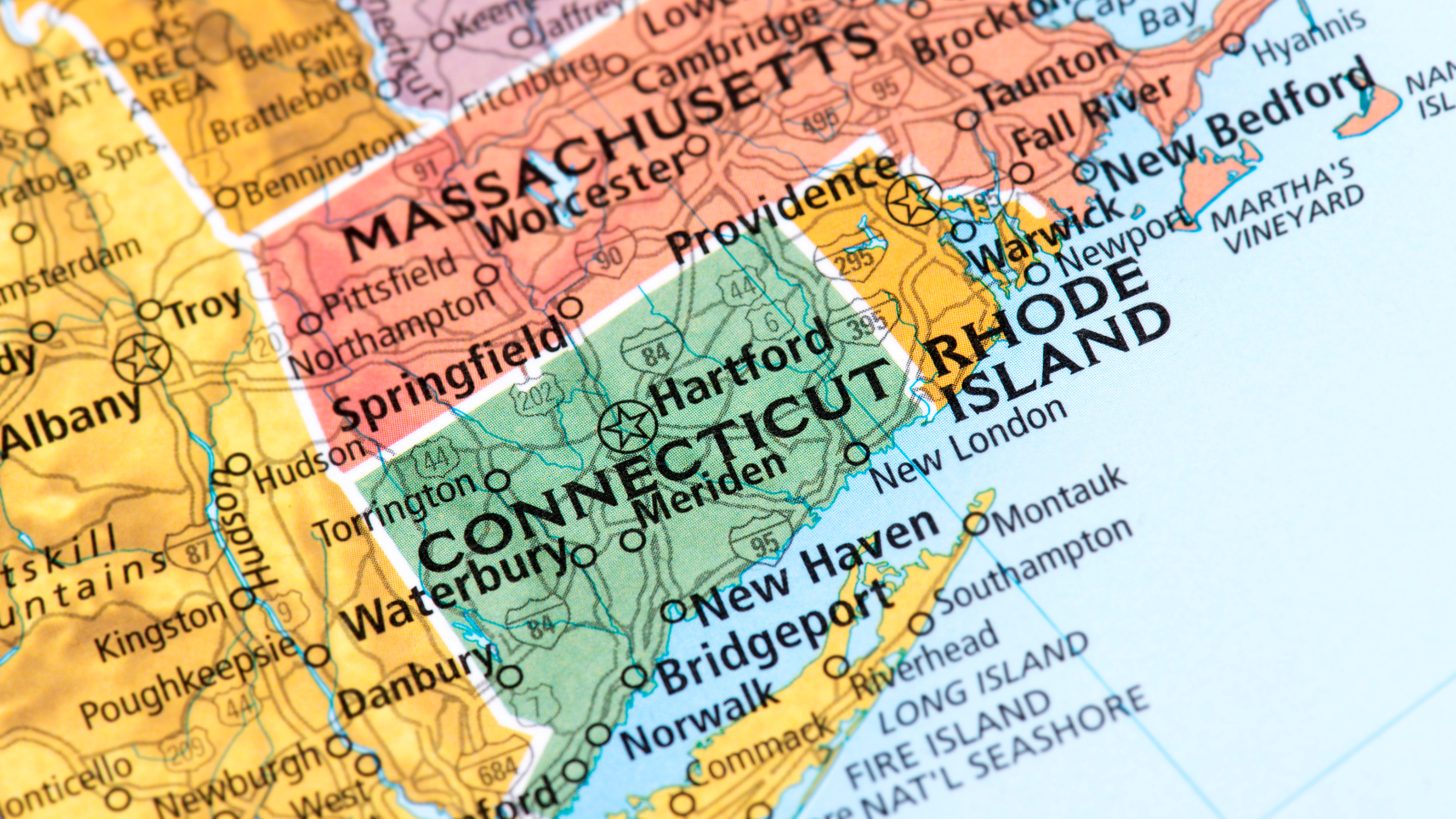Virginia intermodal container transfer facility migrates to clean energy
The Virginia Inland Port (VIP) has fallen in line with the Port of Virginia’s carbon-neutral by 2040 goals by fulfilling all of its operational electricity needs from clean-energy resources. Powered by Rappahannock Electric Cooperative, the inland port is obtaining most of its energy from solar installations within the state, fueling operations in six general cargo terminals. Stephen A. Edwards, the CEO and executive director of the Virginia Port Authority (VPA), highlighted the importance of this step forward and away from fossil fuels.
VIP is a multi-modal transportation hub located in Front Royal, Virginia, USA. It provides businesses with access to a comprehensive transportation network, including highways, rail, and waterborne transportation, enabling them to efficiently move goods to and from major markets in the eastern United States and beyond. The VIP also has access to the Port of Virginia, one of the largest ports on the US East Coast, and is part of the Virginia International Gateway, a state-of-the-art container terminal located in Norfolk, Virginia. This allows companies to efficiently move goods by ship, rail, and truck, providing them with a comprehensive transportation network that enables them to reach key markets both domestically and abroad.
Imagine it's 2024 and the U.S. is on the brink of a modern-day gold rush, but this time, it's all about a new, clean energy source buried right beneath us—geologic hydrogen.
Environmental organizations in California are gearing up for a significant legal battle as the state Supreme Court agrees to hear their case against recent adjustments to the solar compensation rules.
In the vast salt deserts of western India, a colossal energy project is underway, transforming barren landscapes into a renewable energy powerhouse.
Danish investors in DSV are pressing the logistics giant regarding environmental, social, and governance aspects of its $10 billion joint venture in Saudi Arabia, supporting the Neom mega-city project.
A recent nationwide analysis by USA TODAY uncovers a concerning trend that could hinder the United States' clean energy objectives: local governments are outpacing the construction of new utility-scale wind and solar power by imposing bans on such projects.
In Keyser, West Virginia, Sheila Wagoner, like many, isn't fond of the new wind farm dominating the skyline.
In September 2022, Hawaii shut down its sole coal power plant as part of its goal to achieve entirely clean electricity by 2045.
Central Asia is making strides in combating climate change with the construction of its first green hydrogen-wind plant in Uzbekistan.
In a legal move, a federal judge is being urged to issue a halt on construction for a $10 billion transmission line that is intended to carry wind-generated electricity from a remote area in southeastern Arizona to customers as distant as California.
IMC, the leading US container transportation company, has placed an order for 50 Nikola fuel-cell trucks to replace its battery-electric vehicles following unsatisfactory results from two years of testing.
On New Year's Day, the Port of Virginia achieved a significant milestone by becoming the first U.S. East Coast seaport to operate entirely on 100% clean power, accomplishing its goal well ahead of the planned 2032 timeline.
Developers of the proposed offshore wind farm near Long Beach, Long Island, announced the termination of the Empire Wind 2 project due to economic challenges - including inflation, increased interest rates, and supply chain disruptions.
There is a new company on the block called Airloom Energy, a wind energy startup supported by Bill Gates.
The U.S. offshore wind industry is experiencing both challenges and progress in 2023.
Connecticut's commitment to becoming zero emission by 2035 stems from a growing recognition of the urgent need to address climate change and its adverse effects on the environment and public health.
The US climate law, the Inflation Reduction Act (IRA), which passed one year ago, has accelerated the adoption of clean energy technology in the country.
The Energy Information Administration's Short-Term Energy Outlook Report highlights several predictions, including an increase in crude oil prices heading into 2024, while diesel fuel prices are expected to remain below $4 per gallon for most of that year.
The International Maritime Organization (IMO) has announced new global emission-reduction targets, but the ambiguity surrounding the means to achieve these targets is expected to limit new ship ordering.
Environmentalists express disappointment with the outcome of the 80th session of the Marine Environment Protection Committee (MEPC) held by the International Maritime Organisation (IMO), as revised targets for reducing greenhouse gas (GHG) emissions fall short of what is deemed necessary to combat climate change.
Enphase, a leading solar microinverter company, has commenced production of its IQ8 microinverter at a factory in West Columbia, South Carolina.
Major truck manufacturers have made a commitment to cease the sale of new gas-powered vehicles in California by the mid-2030s.
Spain is investing billions of euros to produce and distribute green hydrogen, aiming to become Europe's hub for clean energy.
The California Transportation Commission (CTC) has granted $42 million to the Port of Oakland for its Green Power Microgrid Project.
As solar capacity in California continues to grow, grid operators are facing challenges related to the "duck curve."
Proposed regulations by the Environmental Protection Agency (EPA) aim to significantly increase the adoption of electric vehicles (EVs), requiring 60% of new car sales to be EVs by 2030 and 67% by 2032.
Shareholders at Toyota's annual general meeting rejected a proposal initiated by AkademikerPension, a Danish investment fund, calling for the automaker to improve its efforts in fighting climate change.
When Gia Mora made a commitment in 2021 to fly only once every three years for environmental reasons, she faced challenges in long-distance travel.
California residents like Sadaf Zahoor, who depend on public transit and have never owned a car, fear that the financial struggles of transit agencies in San Francisco and Oakland may lead to reduced services.
Lawsuits have been filed by 19 states, led by Iowa, against the U.S. Environmental Protection Agency (EPA) over its support for California's future ban on heavy diesel vehicles.































Some have suggested that covering the Sahara Desert with solar panels could harness its abundant sunlight and provide a vast, sustainable energy source.